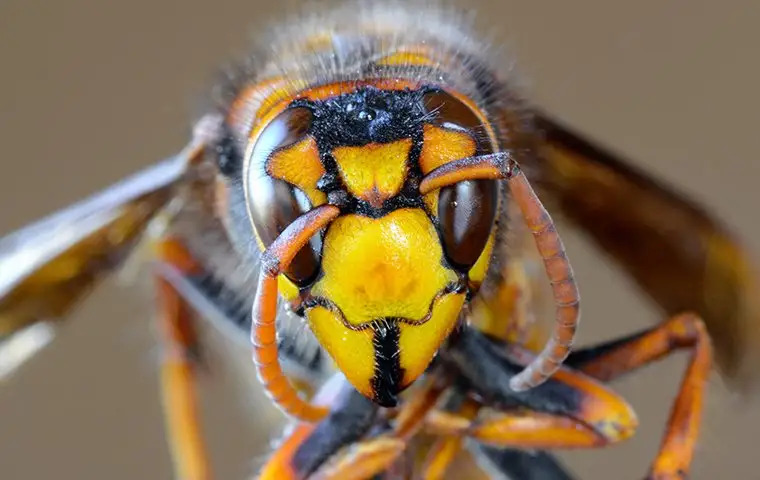Stinging Insects

Every spring, stinging insects emerge from their overwintering spots to establish new colonies. Often our yards are where they decided to create their nests. Our trees, gardens, lawns, decks, and home’s exterior, provide stinging insects with the perfect nesting spots. Our yard also provides them with the food and water that will help them to survive. They increase their populations throughout the spring and summer season and swarm around our Virginia yards, searching for food to take back to their nests.
In our area, the stinging insects that tend to be the most problematic in our yards are paper wasps, European hornets, and bald-faced hornets. All are predatory species and help control populations of the nuisance insects they feed on. They also help to pollinate some plants and crops. However, when these pests decide to nest in our yards in high-traffic areas, they pose a significant danger. Stinging insects defend themselves by delivering painful stings; the venom they inject with their stings is strong enough to trigger serious allergic reactions in people. When stinging insects decide to nest in our yards, you must have them removed because their dangers greatly outweigh their benefits.
In addition to the professional services we provide, implement the following prevention tips to help make your property less attractive to stinging insects.
- Reduce food odors by ensuring outdoor trash cans have lids on them and that outdoor eating areas are free of leftover food.
- Our pet’s food often attracts foraging stinging insects; avoid feeding pets outside.
- Remove areas of standing water to avoid providing stinging insects with a water source. Standing water will also attract the insects that stinging insects use as a food source.
- If possible, don’t plant flowers or flowering bushes right against your home’s exterior or near your entrances.
